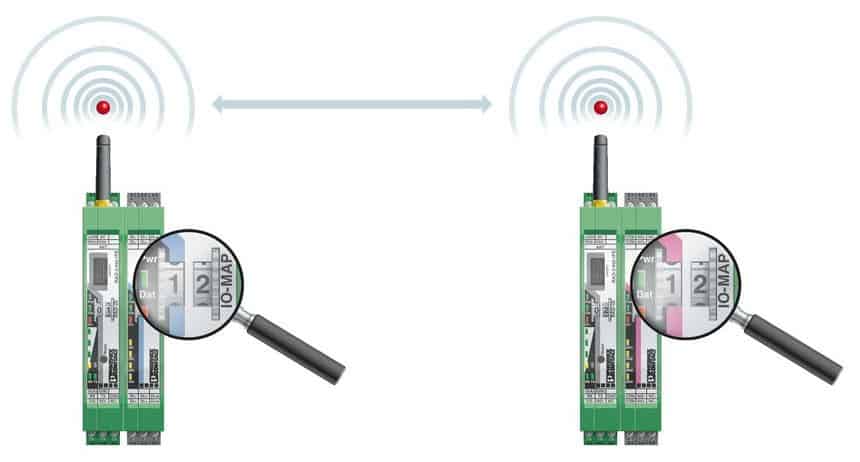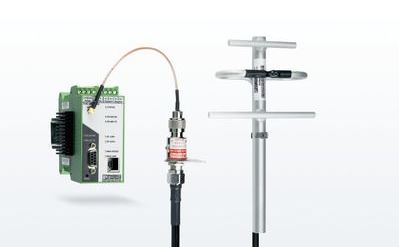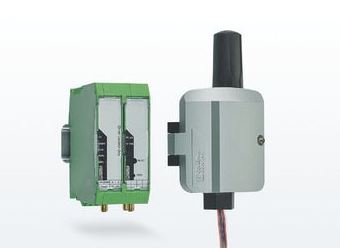Types of Wireless Technology: Public and Proprietary
In a proprietary system, such as frequency-hopping spread spectrum (FHSS), the wireless modules must all belong to the same platform from the same manufacturer. Products from each manufacturer communicate differently and have differentiating features from one another. A proprietary system creates an inherent level of security since a hacker can’t add any old module to the wireless network. Conversely, in a public system (such as Wi-Fi at Starbucks), users can generally intermix wireless modules from different manufacturers. The way you plan on implementing the protocol over the wireless network could help determine which wireless technology is the best fit, so you will need to decide which industrial protocol to use – Modbus, Ethernet/IP, etc.
Before purchasing a wireless network, you should test it. While your facility may look free of obstructions, you never know until you run a test. Most manufacturers have a demo set that makes it easy to see that signals make it from one side of your facility to the other as well as the strength of the signal. This will help you to determine which technology to choose.
What about security? While wireless presents special challenges, there are several ways to increase security. First, make sure the equipment is located in a physically secure area. Put locks on the panel doors, and limit access to only approved personnel. Next, change the default login information to the web-based management of the wireless module, if applicable. Not changing the default login makes for easy access by just reading the user manual.
If a proprietary wireless technology will work for you, this adds a level of protection, as it restricts the devices on the network to a single manufacturer’s wireless platform. Gaining access to the network requires knowledge of the platform and module you are using.
Finally, you can turn on the over-the-air encryption. Using the WPA2-AES level of security is considered “un-hackable” by today’s standards. When setting up security you should always choose the highest level of encryption available so you have the most secure system.
Wireless I/O in 900MHz or 2.4GHz, Modbus or serial for analog and digital I/O signals


Wireless Ethernet for long distances or areas with high interference
WirelessHART. You can make an existing HART signal wireless or bring many HART signals back to a workstation allowing remote communication and configuration.

Our team has experience in setting up customers with the right system. Contact our Cross experts to make sure you get the system needed. A little up-front planning can save good money down the road.
